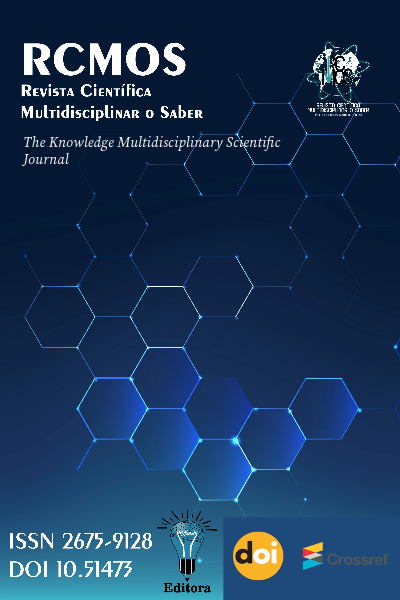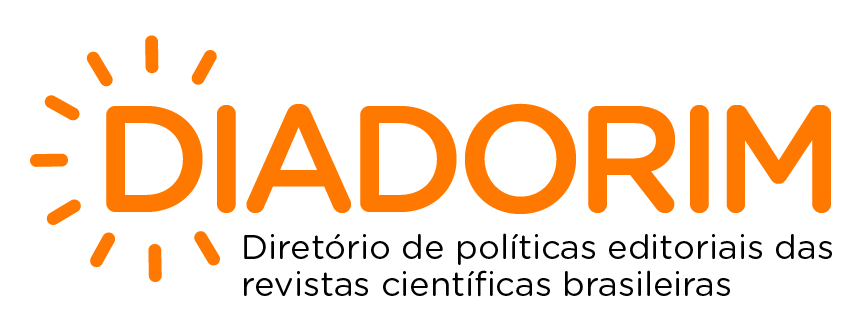Gestational diabetes in veterinary medicine: an integrative review with a comparative perspective across species
Gestational diabetes in veterinary medicine: an integrative review with a comparative perspective across species
DOI:
https://doi.org/10.51473/rcmos.v1i8.2021.1204Keywords:
Gestational diabetes, veterinary medicine, maternal-fetal health, One Health, therapeutic managementAbstract
Gestational diabetes (GD) in veterinary medicine is a metabolic condition characterized by glucose intolerance during pregnancy, with significant implications for maternal and fetal health in several species. This article reviews the recent literature on the pathophysiology, prevalence, diagnosis, management, and implications of GD in animals, focusing on dogs, cats, and horses. Adopting a comparative approach, the interplay between genetic, environmental, and hormonal factors is explored, as well as its translational potential for human health from a One Health perspective. Experimental and clinical studies indicate that GD can lead to complications such as macrosomia, neonatal hypoglycemia, and an increased risk of postpartum type 2 diabetes mellitus. Management strategies, including diet, exercise, and pharmacological therapies, are discussed, with an emphasis on innovative approaches such as phytomedicine. The review highlights knowledge gaps and the need for longitudinal research in veterinary medicine.
Downloads
References
BIRI, A. et al. Placental structure and function in different species: implications for gestational diabetes. Journal of Reproductive Medicine, v. 50, n. 3, p. 175-182, 2005.
CROWTHER, C. A. et al. Effect of treatment of gestational diabetes mellitus on pregnancy outcomes. New England Journal of Medicine, v. 352, n. 24, p. 2477-2486, 2005. DOI: https://doi.org/10.1056/NEJMoa042973
ELIAS, F. T. Systematic reviews in veterinary medicine: tools for evidence-based practice. Veterinary Journal, v. 192, n. 1, p. 3-4, 2012.
FRANK, N. et al. Equine metabolic syndrome and its implications for reproduction. Theriogenology, v. 74, n. 5, p. 659-668, 2010.
GERMAN, A. J. The growing problem of obesity in dogs and cats. Journal of Nutrition, v. 136, n. 7, p. 1940S-1946S, 2006. DOI: https://doi.org/10.1093/jn/136.7.1940S
NELSON, R. W. et al. Feline diabetes mellitus: pathophysiology and management. Journal of the American Veterinary Medical Association, v. 196, n. 8, p. 1231-1238, 1990.
RUDGE, M. V. C. et al. Experimental models of gestational diabetes: a review. Brazilian Journal of Medical and Biological Research, v. 44, n. 12, p. 1193-1200, 2011.
THRALL, M. A. et al. Veterinary hematology and clinical chemistry. Philadelphia: Lippincott Williams & Wilkins, 2006.
VERKEST, K. R. Insulin resistance in dogs: causes and consequences. Veterinary Clinics of North America: Small Animal Practice, v. 44, n. 4, p. 623-639, 2014
Downloads
Additional Files
Published
Issue
Section
Categories
License
Copyright (c) 2021 Tathiana Lima Anacleto (Autor)

This work is licensed under a Creative Commons Attribution 4.0 International License.
















